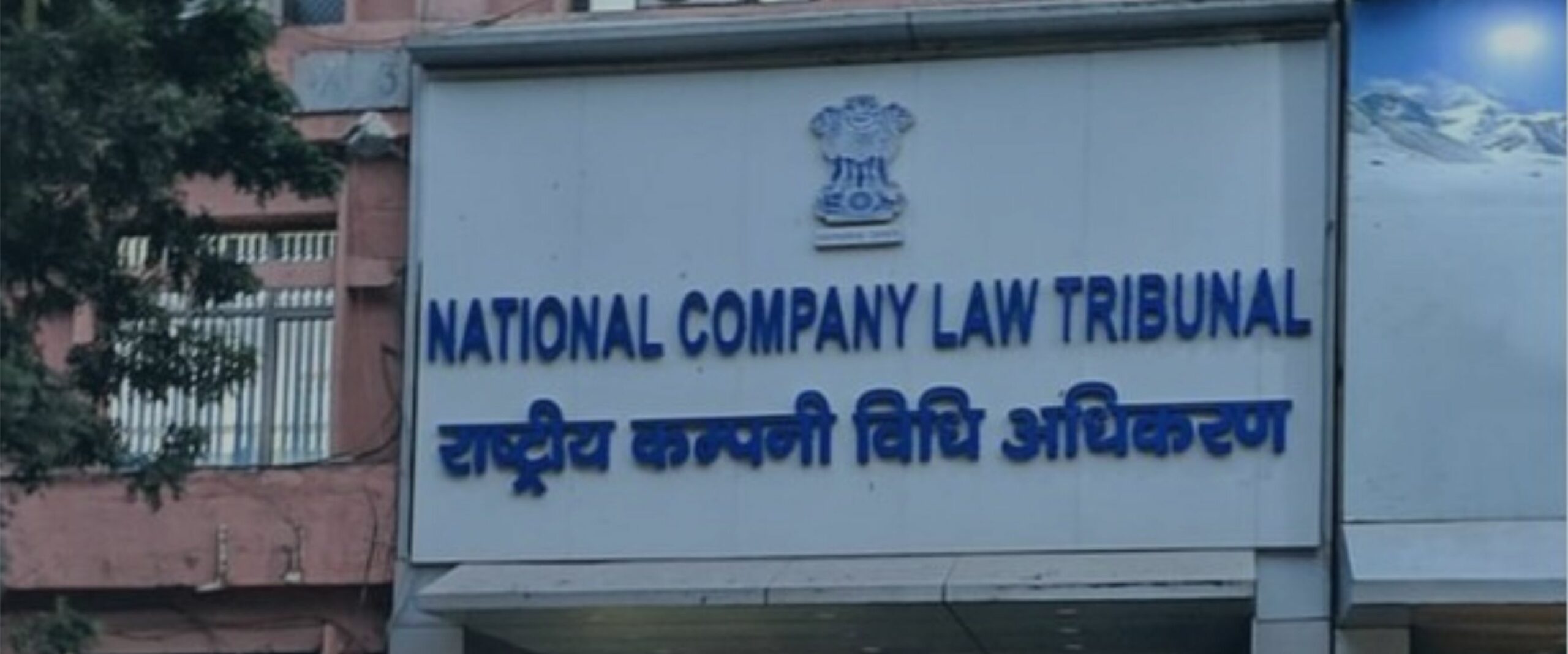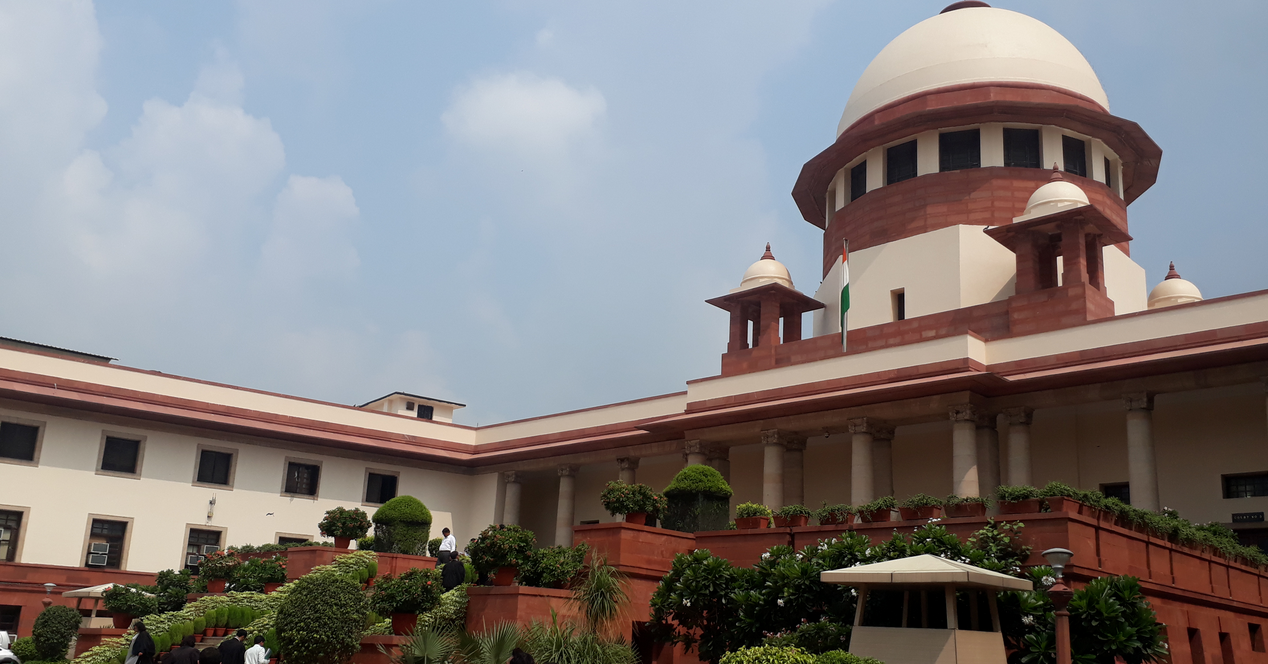Analysis
NCLT to Tribunals Reforms: An Emerging Pattern
Who should exercise control over tribunals: the Executive or the Judiciary?

The Supreme Court (SC) and Parliament have been at an impasse over the Tribunals Reforms Act, 2021 since August this year. The Act contains provisions that have been struck down twice by the Supreme Court (in 2020 and 2021). These provisions relate to the appointment and removal procedures for tribunal members, and give the Union more control over who gets appointed to tribunals. At the heart of the conflict is the question of who should exercise control over tribunals: the Executive or the Judiciary.
How has the SC Ruled on Qualifications and Appointment of Tribunal Members?
Reflections of the current dispute over appointments and qualifications of tribunal members can be seen in some of the Court’s decisions regarding the National Company Law Tribunal (NCLT) and the National Company Law Appellate Tribunal (NCLAT). In 2002, Parliament passed the Companies (Amendment) Act, 2002 and established the NCLT and the NCLAT.
The Madras Bar Association challenged the Amendment and argued that it threatened the independence of the judiciary. The Amendment transferred jurisdiction over company law matters from the High Courts to the NCLT and the NCLAT which were administrative bodies not under judicial control.
In 2010 the SC ruled that Parliament had the power to create the two statutory tribunals. However, the Court listed certain defects in the provisions regarding qualifications, appointment and the selection process for tribunal members. Until all of the defects were cured, the Court held that the NCLT and the NCLAT would remain unconstitutional.
One of the changes ordered by the Court was an increase in the term of office for members from a three-year to a five or seven-year tenure. A three-year tenure coupled with a retirement age of 65 would affect the efficiency and effectiveness of the tribunal as younger members would not join without being guaranteed a reasonable period of service.
This disagreement over tenure was also seen in July 2021, when the Court struck down the provisions that were reproduced in the Tribunals Reforms Act, 2021. In his concurring opinion, Justice Ravindra Bhat stated that a minimum age-limit of 50 years and a maximum four-year tenure would have a ‘devastating’ effect on getting young advocates to join statutory tribunals as members. Both of these provisions were struck down. However, both have been reproduced in the Tribunals Reforms Act, 2021.
Reproduction of Provisions and the SC’s Response
When the NCLT and the NCLAT were re-instituted in 2013 (with the passing of the new Companies Act, 2013), the defects pointed out in the provisions relating to qualifications, appointments and the selection process remained.
This led to another challenge from the Madras Bar Association. Once again, the Court ruled that Parliament had the legislative competence to create statutory tribunals, upholding the constitutionality of the NCLT and NCLAT. While they directed the Union Government to incorporate the Court’s directions from 2010 with regards to qualifications and appointments of non-judicial members, the Court highlighted the need for the NCLT and NCLAT to begin performing its functions. The NCLT and NCLAT were allowed to function once the members had been appointed.
The current dispute over the Tribunals Reforms Act shares this similarity, with the Executive allegedly ignoring the SC’s rulings. However, the implications this time around may be wider, with the Tribunals Reforms Act prescribing conditions for all statutory tribunals to follow.


